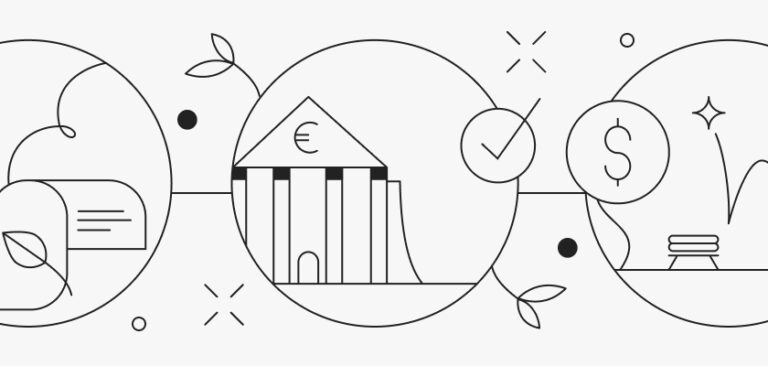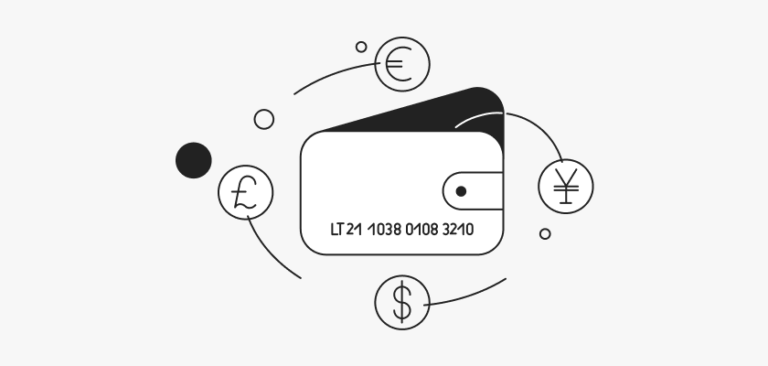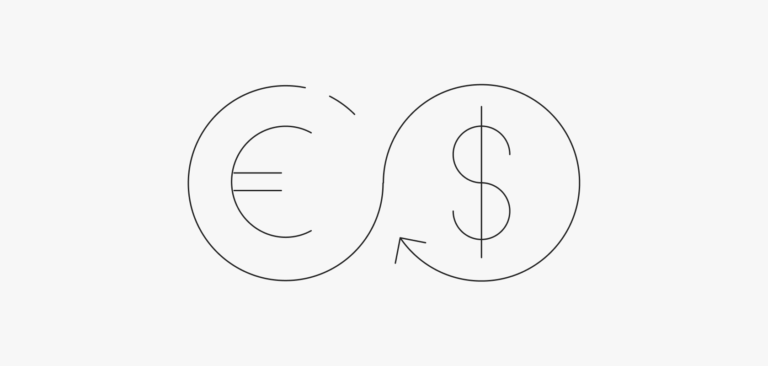Chargebacks – the bane of online store owners – what are they and how to avoid them?

A chargeback is a type of refund that’s initiated by the card issuer on behalf of the client (the card holder initiates the entire procedure by contacting his bank). It is also a mechanism aimed at protecting the consumer. If the customer believes that the good they have purchased or services were inconsistent with the contract or they notice transactions that they don’t recognize – then the customer can request a refund in the form of a chargeback.
The power of banks
It is up to banks to decide whether such a return should take place (the seller can “defend” their claim, e.g. by providing evidence that they have fulfilled their part of the contract and the customer’sclaims are unjustified). However, each case is different and must be consideredon an individual basis. That’s why it’s impossible to fully automate the procedure because it requires additional fees.
Chargebacks from the buyer’s perspective
Before you use chargebacks, first try to contact the seller and report your comments in person, for example by making a complaint. Perhaps the matter can be dealt with in a much easier way. A chargeback is an additional cost for the store. Remember that such correspondence may become evidence presented by the store. For this reason, try to keep its appropriate form and clearly describe the whole situation.
How to use chargebacks
The maximum submission deadline depends on the reasons for the chargeback. It may be 45, 60, 90, 120 and 540 days from the date of the transaction. Both the Mastercard chargeback procedure and Visa chargeback require the consumer to follow the same steps. The first of these is to inform the bank that issued our payment card about your intention to use the chargeback procedure. You can do this in person or online.
During the conversation with the consultant, you will be informed which documents and transaction data you need to present. Documents confirming attempts to make complaints with the service provider and feedback messages may be useful. After a thorough description, the bank is obliged to accept the complaint and start the procedure by contacting the payment organization that handled the transaction. The institution contacts the service provider who has not complied with the terms of the contract. If they do not respond to or accept the complaint – the consumer will easily receive a refund. However, the service provider may decline chargeback, which significantly complicates the procedure.
Getting your money back
The chargeback funds will be credited to your account as soon as you receive a positive response from your bank. So it all depends on the duration of the whole procedure, which in more complicated cases can drag on up to 4 weeks. Remember that the chargeback is not fully automated and each caseis analysed individually, which also extends the waiting period. If the case is complicated and will continue, the bank will inform you about the anticipated delay. To speed up the process, you can only ensure that the best and most accurate documentation of the case is provided as soon as possible
.jpg)
Seller perspective – how to minimize the risk of chargebacks?
The chargeback procedure means additional formalities and high fees. It is also sometimes used by dishonest customers that are trying to extort extra money from sellers. For this reason, many online sellers do not recognize card payments. If the customer wants to make a complaint and the service provider wants to avoid additional costs, they have two options: get along with the customer or prove that the transaction has been carried out correctly.
Many sellers contact the consumer and persuade him to withdraw the complaint. Then they can return the money for the service without having to pay a chargeback fee. If the customer does not agree to this, both parties must provide documentation that will allow the legitimacy of the complaint.
If, on the other hand, the service provider does not agree with the customer’s objections, he may challenge the validity of the complaint. Again, you will need to provide strong evidence that the transaction will proceed correctly. However, even then the service provider may be charged some of the chargeback costs.
How to protect yourself from cheaters
Unfortunately, the chargeback procedure is used not only by honest customers who were affected during the transaction, but also by fraudsters trying to extort funds from sellers. Therefore, all online stores should be prepared to defend against dishonest practices. They can do this in several ways: by sending products by registered mail with the option of obtaining a written acknowledgment of receipt; thoroughly verifying foreign transactions – and above all customers who make them; avoiding making suspicious payments. Additional verification of the seller’s interests is also verification of payments using the 3D-Secure system.
How to minimize chargeback risks
Before a customer reports a chargeback, he should always try to contact the seller and clarify the matter. In most cases, this allows you to find a solution and avoid complaints.
Of course, it is in the interest of the seller to get the customer to choose a different course of action or to ensure that he has no reason to demand are fund. The following list shows some simple but effective ways to minimize the risk of chargebacks:
1. Good product / service description – describe the goods that you offer so that customers have no doubts about what they are buying (pay attention to details, e.g. size, color, rated voltage, offered functions of the service).
2. Terms of service, shipping information – clearly state all relevant information on how to buy, pay, ship (delivery time and cost).
3. Return policy – describe when and how to return goods and how to apply for a refund – if the customer know show to do it, he will not call the bank with a chargeback request.
4. Inform about everything -provide full contact details on the site, leave no room for doubt during the purchasing process, send customers confirmation / summary emails after they make a purchase, etc.
5. Good transaction descriptors – select transaction descriptions that will allow easy identification of payments on your card statement; use the store name instead of the specific item name or transaction ID number; use the product / brand.
6. Place the email / phone in the transaction descriptor – if the customer does not recognize the transaction on the card statement, he will probably try to contact the seller (using the email/ phone found in the payment description) before calling the bank.
Get help from an expert
At ZEN, we offer the payment gateway that helps you manage chargebacks effortlessly and cost-effectively on a global scale. Let’s show your e-commerce who we can help.


